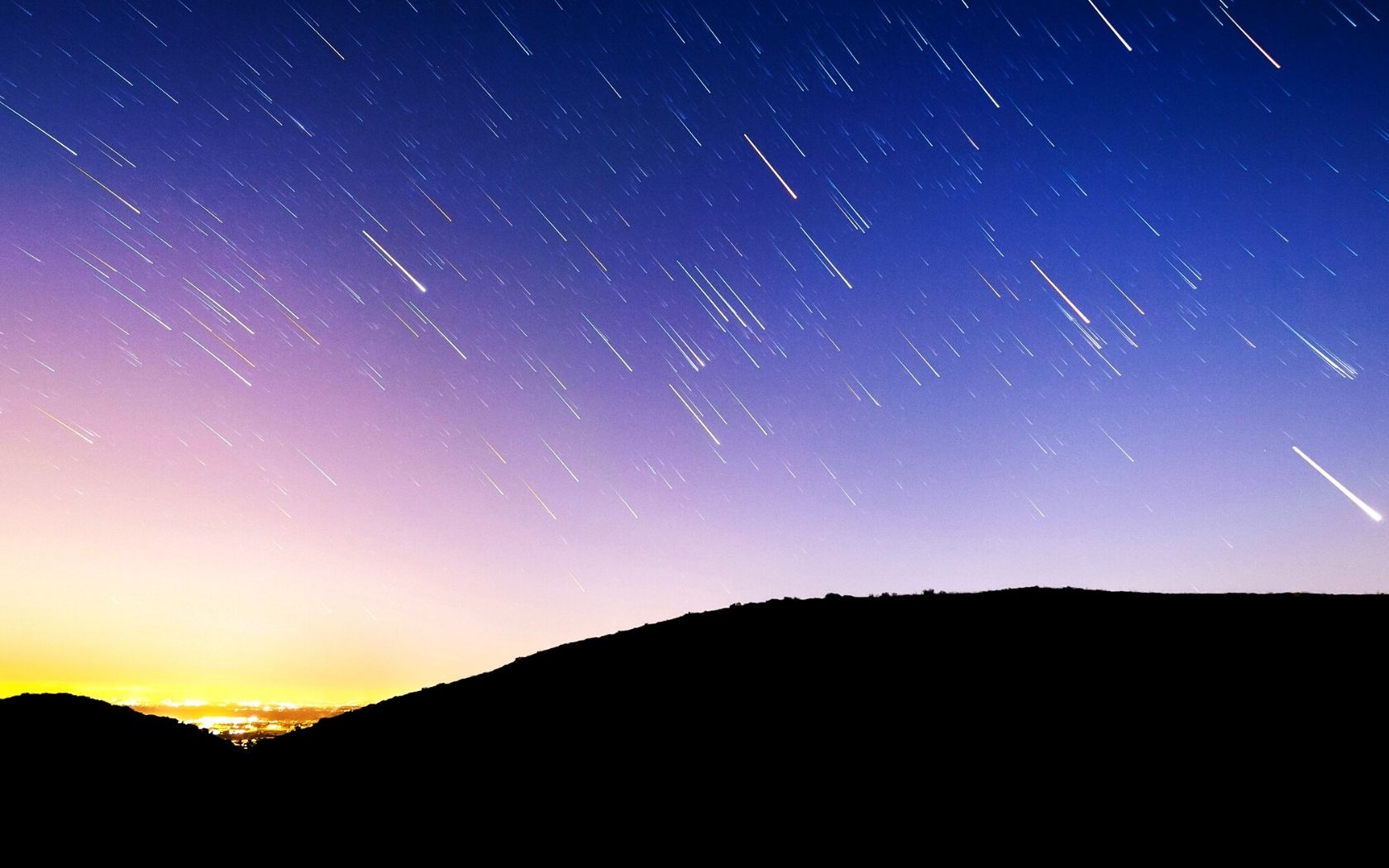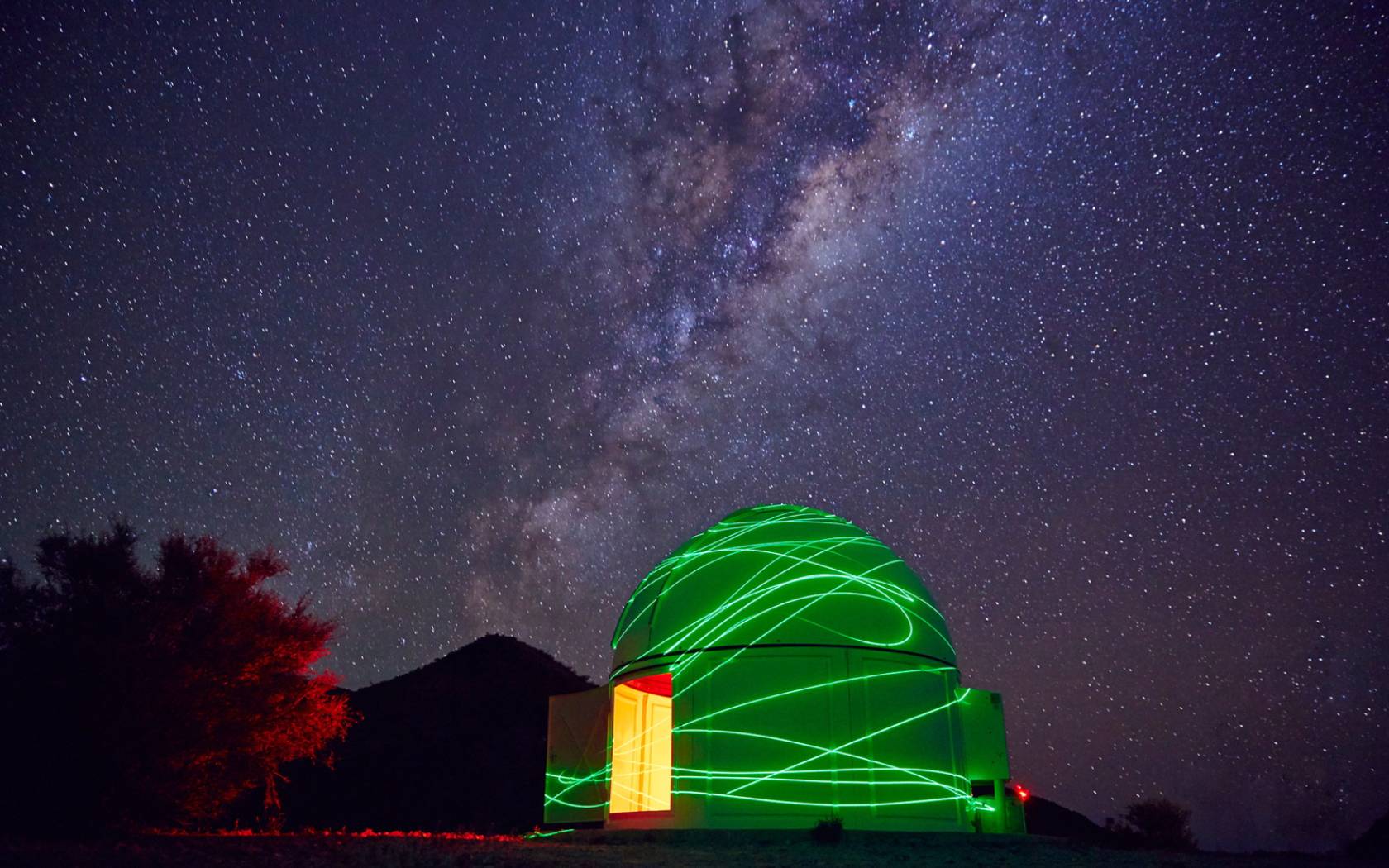How And When To Catch The Best Meteor Shower Of The Year When It Peaks This Week

Sonia is a travel, lifestyle, and design writer and editor…
The sky will forever fascinate and enchant us, so when a cool astronomical event is happening, we like to know about it. The latest is a meteor shower known as Eta Aquarid, peaking in the sky on May 7 – and the Southern Hemisphere is in prime viewing position.
At the end of April we enjoyed a huge super pink moon and now this week we get the best meteor shower of the year. Later in the month on May 26, there’s also a super blood moon total lunar eclipse. We’re so here for all this astronomical goodness.
What are the Eta Aquarid meteors?
Every autumn, the Eta Aquarid meteors light up the night sky roughly between April 19 to May 28. The meteor shower’s name originates from their home star Eta Aquarii, part of the Aquarius constellation. The shower is created as Earth passes through the dust trail laid down over thousands of years by Halley’s Comet.
When and how to see the Eta Aquarid meteor shower
The meteor shower is already actually happening (check out the above time-lapse from NZ this past week, oof) and although it peaks early morning of May 7, your best bet for visibility will be Saturday, May 8 due to the moon’s location – it’ll be a thinner crescent and lower in the sky. But you can still head out to watch for them until May 10 with a decent light show.
But copping a glimpse of Eta Aquarid meteor shower will mean braving the early hours of the morning, with the best viewing times between 3am and 5am each day. Our pick is just after the moon has set, about 4am.
The meteor shower is known for being consistently solid and Australians are in luck because we’ll have some of the best views in the world, with an estimated 15 to 20 meteors visible per hour. According to the astronomer Dr Musgrave, who spoke to the ABC, “people with dark skies should see a meteor around every three to four minutes,” when viewing between 3am and 5am.
The meteors are said to be moving at about 225,000 kilometres per hour, shining extraordinarily brightly with a long wake.
To see the meteors, scan the entire sky above the north-east horizon and don’t fixate your eyes on anyone point; let them wander. If you can head away from the city to reduce your light pollution, that’s obviously going to improve your visibility and be sure to rug up warm and have something comfortable to sit on. It might also be worth downloading an app like Sky Map.
Keen for more? Check out this Blue Mountains star gazing tour and if you’re not in NSW, here are the best spots to look up across Australia.
(Lead image: Austin Schmid / Unsplash)
Sonia is a travel, lifestyle, and design writer and editor who lives for sharing a personal rec. See what she's up to @literallysonia.







